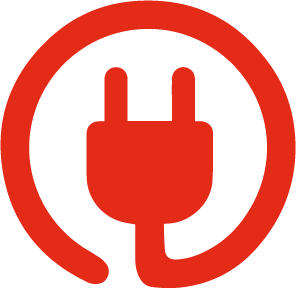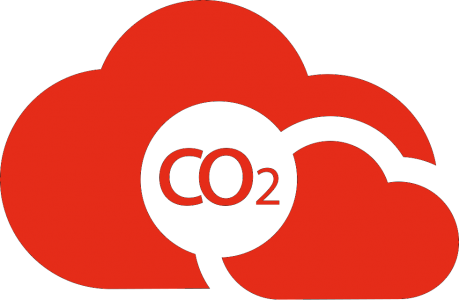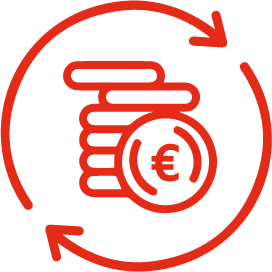Optimization of cooling generation and process heat in the production area
In production, the heat generated during the process often leads to problems, as it cannot either be properly dissipated or used. In the worst case, overheating of the systems may occur. To successfully avert this, is often cooled in a complex and cost-intensive way. In the presented case study, theneo examined the production of the company Annemarie Börlind, which manufactures cosmetic products, with the aid of TOP-Energy®. The aim here was to optimize process heat and cold generation to cover the required capacities. At the same time, energy use and costs should be reduced. On the basis of the simulation results of TOP-Energy®, it was possible to find the appropriate plant technology to achieve the objective.
Results at a glance

Reduction of energy costs
With the new system technology from the simulation, 20 % of the energy costs per year could be saved.

CO2 emission reduction
The simulation results also show that CO2 emissions could be reduced by 11 % per year.

Optimization potential for the future
TOP-Energy® demonstrated further optimisation potential in the field of ventilation technology and own power generation by installing a photovoltaic system.
Optimization approach

1. Modeling the existing process cooling and air conditioning
In order to identify meaningful optimisation potentials, the current situation of the existing process cooling and air conditioning in Top-Energy is mapped and modelled in the flowsheet chart. It becomes clear that process steam generation as well as cooling generation for process cooling and air conditioning are reaching their capacity limits.

2. Energetic processes simulation
In addition to the as-is case, the energetic processes are simulated on the basis of available load profiles for gas and electricity procurement. Time series can be constructed on the basis of operating times of the existing building management system as well and modeled using TOP Energy.
3. Comparison of variants and interpretation of results
The simulation confirms capacity shortages in process steam and refrigeration. The installation of a CHP unit can bridge these gaps and support the existing refrigeration system. Both process steam generation and refrigeration have reserve capacities as a result.

4. CO₂ savings and long-term pursuit of optimization potential
The proposed new system reduces annual energy costs by approximately 20% and CO2 emissions by approximately 11%. Further optimization potentials were identified in the area of ventilation operation and installation of a PV system for further generation of own power.
Project and Contact Person

Theneo GmbH & Co. KG
St. Valentin 2b
83324 Ruhpolding
Contact person: Oliver Huber
Tel.: 08663-78098 33
Mail: oliver.huber@theneo.de

